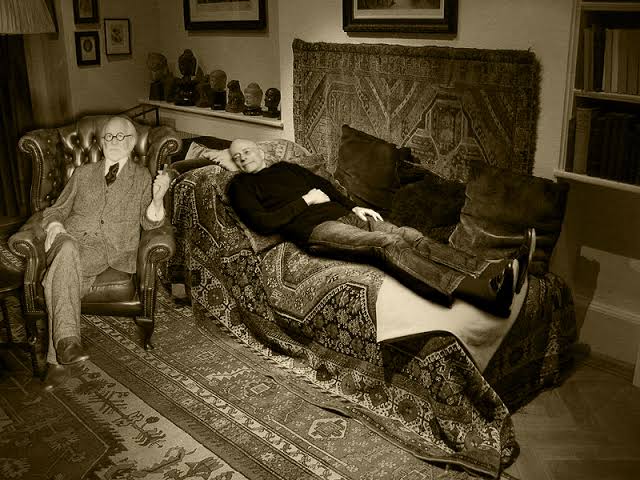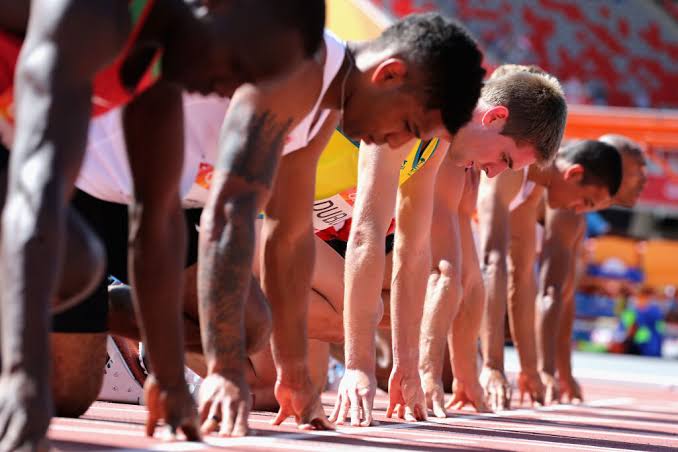Experiments are among the only few ways left to know anything for sure or atleast get insurmountable evidence and or insane insights. All of these is simply because experiments carry out tests and make findings based on watching and experiencing a case study do what it does. Way more reliable than mere thoughts and untested opinions.
On going around reading non-fiction books where writers are trying to make their points like the book Originals: How Non-conformists Move the World by Adam Grant, Outliers: The Story of Success by Malcolm Gladwell, etc; one would come to find that they report and talk about a lot of experiments carried out by psychologists, they use them to show you what has been found through experiments and how these findings prove the point they're trying to make.
Some of the Most Interesting Experiments Carried Out By Psychologists and Scientists would be a series of posts reporting these experiments to you so you can benefit by learning some of the things the expert scientists now know for sure or atleast have evidence for and or insane insight.
So welcome to the
Second Edition! 🎊
(Find the first edition here)
For this edition, I'll be reporting some experiments from the first part of Malcolm Gladwell's 2009 book What The Dog Saw: and Other Adventures. Enjoy.
1
The Breakthrough Researcher Who Found that Food Brands Should Come in Multiple Varieties
In page 34 Gladwell reports about a man called Howard Moskowitz who ran a food testing and market research business. Once he was contracted by Pepsi to figure out how much of the new sweetener called 'aspartame' was the right amount to be used in a can of diet Pepsi. He experimented by having different amounts of the sweetener tasted by hundreds of people but at the end of the day the reports from the tasters did not follow a pattern, some people preferred some amounts and others preferred other amounts, none could be considered most popular.
That was when Moskowitz realized that there isn't always one particular taste that would be popular, that different people can like different tastes of the same brand and that brands didn't have to find one taste to rule them all but should rather come up with different varieties and people would buy whatever one they liked best.
This was in the 70s and 80s. In the words of Gladwell:
It may be hard today, years later — when every brand seems to come in multiple varieties — to appreciate how much of a breakthrough this was. In those years, people in the food industry carried around in their heads the notion of a platonic dish — the version of a dish that looked and tasted absolutely right... Howard Moskowitz stood up to the Platonists and said there are no universals.
It was because of Moskowitz that the food industry began making different varieties of the same kind of stuff, his researches led to the understanding that a one taste to rule them all was not the way to go, when Moskowitz couldn't find the one taste to rule them all, instead of persisting like a lot of others did before him, he realized instead that different strokes for different folks was the way to go.
2
The Mind Blowing Effects of Stereotypes on One's Performance
In Page 187, Gladwell reports an experiment carried out by Claude Steele, a psychologist at Stanford University and his associates, I'll present the entire thing using Gladwell's words:
When they gave a group of Stanford undergraduates a standardized test and told them that it was a measure of their intellectual ability, the white students did much better than their black counterparts. But when the same test was presented simply as an abstract laboratory tool, with no relevance to ability, the scores of blacks and whites were virtually identical. Steele and Aronson attribute this disparity to what they call “stereotype threat”: when black students are put into a situation where they are directly confronted with a stereotype about their group — in this case one having to do with intelligence — the resulting pressure causes their performance to suffer.
Steele and others have found stereotype threat at work in any situation where groups are depicted in negative ways. Give a group of qualified women a math test and tell them it will measure their quantitative ability and they’ll do much worse than equally skilled men will; present the same test simply as a research tool and they’ll do just as well as the men.
Or consider a handful of experiments conducted by one of Steele’s former graduate students, Julio Garcia, a professor at Tufts University. Garcia gathered together a group of white, athletic students and had a white instructor lead them through a series of physical tests: to jump as high as they could, to do a standing broad jump, and to see how many pushups they could do in twenty seconds. The instructor then asked them to do the tests a second time, and, as you’d expect, Garcia found that the students did a little better on each of the tasks the second time around.
Then Garcia ran a second group of students through the tests, this time replacing the instructor between the first and second trials with an African-American. Now the white students ceased to improve on their vertical leaps. He did the experiment again, only this time he replaced the white instructor with a black instructor who was much taller and heavier than the previous black instructor. In this trial, the white students actually jumped less high than they had the first time around. Their performance on the pushups, though, was unchanged in each of the conditions. There is no stereotype, after all, that suggests that whites can’t do as many pushups as blacks. The task that was affected was the vertical leap, because of what our culture says: white men can’t jump.
Steele says that when you look at the way black or female students perform under stereotype threat, you don’t see the wild guessing of a panicked test taker. “What you tend to see is carefulness and second-guessing,” he explains. “When you go and interview them, you have the sense that when they are in the stereotype-threat condition they say to themselves, ‘Look, I’m going to be careful here. I’m not going to mess things up.’ Then, after having decided to take that strategy, they calm down and go through the test.
But that’s not the way to succeed on a standardized test. The more you do that, the more you will get away from the intuitions that help you, the quick processing. They think they did well, and they are trying to do well. But they are not.” They failed because they were good at what they did: only those who care about how well they perform ever feel the pressure of stereotype threat. The usual prescription for failure — to work harder and take the test more seriously — would only make their problems worse.
Really mind blowing!
Roll with @nevies, I run a Humor, deeper thoughts and sex talk blog here on Hive🌚
Donate:
BTC: bc1qlpu8rqftnn9r78dajpzf9p0ueqkvzdvzeayrtd
ETH:0x7168800F3b7499A2dd32B4C8Ae0EFA0F68A93800
LTC: ltc1qx0r3nym5hpq6mxvfkl3dzs2ap455aefh9rjq07

Posted using Proof of Brain



@tipu curate
Upvoted 👌 (Mana: 8/48) Liquid rewards.
Thanks a lot, man!😀